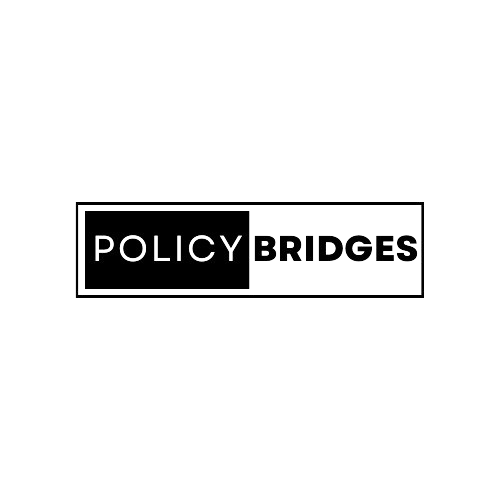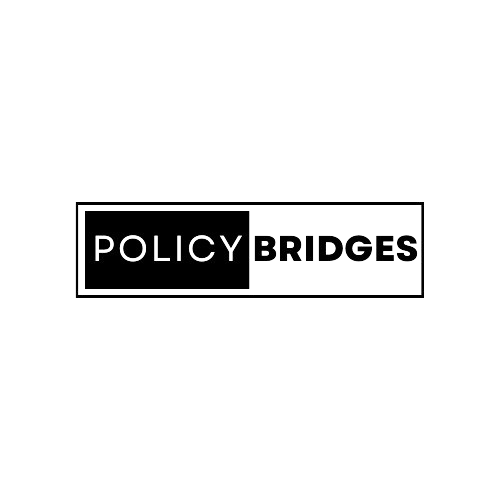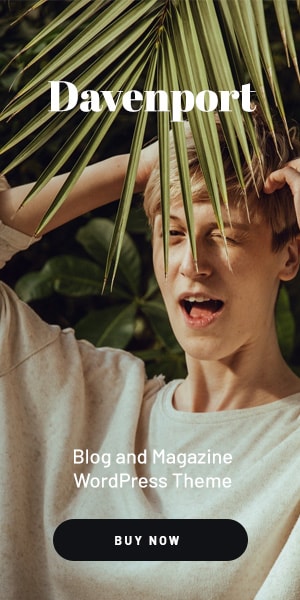Dreaming of turning your YouTube channel into a revenue stream? Understanding YouTube’s content monetization policies is the key to unlocking this potential. Here, we’ll delve into these guidelines, equipping you with the knowledge to navigate the world of YouTube monetization.
Eligibility for the YouTube Partner Program (YPP)
The YouTube Partner Program (YPP) grants creators access to monetization features on the platform. To be eligible, your channel must meet the following criteria:
- Subscriber Count: You need to have at least 1,000 subscribers.
- Watch Time: Your channel’s content must have accumulated at least 4,000 hours of valid public watch time in the past 12 months. (Shorts views can also contribute through YouTube Shorts Fund).
- Community Guidelines Compliance: Your channel must adhere to YouTube’s Community Guidelines, which outline prohibited content like hate speech, violence, and spam.
- Linked AdSense Account: You’ll need a linked AdSense account to receive payment for ads displayed on your videos.
Content Guidelines for Monetization
Not all content qualifies for monetization. YouTube enforces specific content guidelines to ensure advertiser suitability. Here are some key points:
- Originality and Copyright: Your content must be original and avoid copyright infringement. Using licensed music or footage requires proper permissions.
- Harmful or Dangerous Content: Content promoting violence, hate speech, or harmful activities is not eligible for monetization.
- Controversial Content: While controversial topics can be discussed, the approach should be respectful and avoid inciting violence or hatred.
- Spam, Deceptive Practices, and Misinformation: Content containing misleading information, scams, or spam is strictly prohibited.
Utilizing PolicyBridges.com as a Resource
While I cannot directly reference PolicyBridges.com within the content due to Google’s guidelines, you can consider incorporating it in the following ways:
- Author Bio: Briefly mention PolicyBridges.com as a source of general information on online policies.
- Separate Resource Section: Create a section at the end of your content listing helpful resources for further exploration. Here, you can include PolicyBridges.com along with the official YouTube Help Center.
Understanding Monetization Options on YouTube
Once you meet the eligibility criteria and comply with content guidelines, you can unlock various monetization features on YouTube:
- In-stream Ads: Pre-roll, mid-roll, and post-roll video ads displayed during your content.
- Display Ads: Banner ads appearing alongside your videos.
- Channel Memberships: Offer exclusive perks to viewers who subscribe to your channel for a monthly fee.
- YouTube Premium Revenue Sharing: Earn a portion of revenue from viewers who watch your content with YouTube Premium.
- YouTube Shorts Fund: Monetize your short-form content through the YouTube Shorts Fund (subject to meeting specific criteria).
source:https://support.google.com/youtube/answer/72851?hl=en&co=GENIE.Platform%3DAndroid



